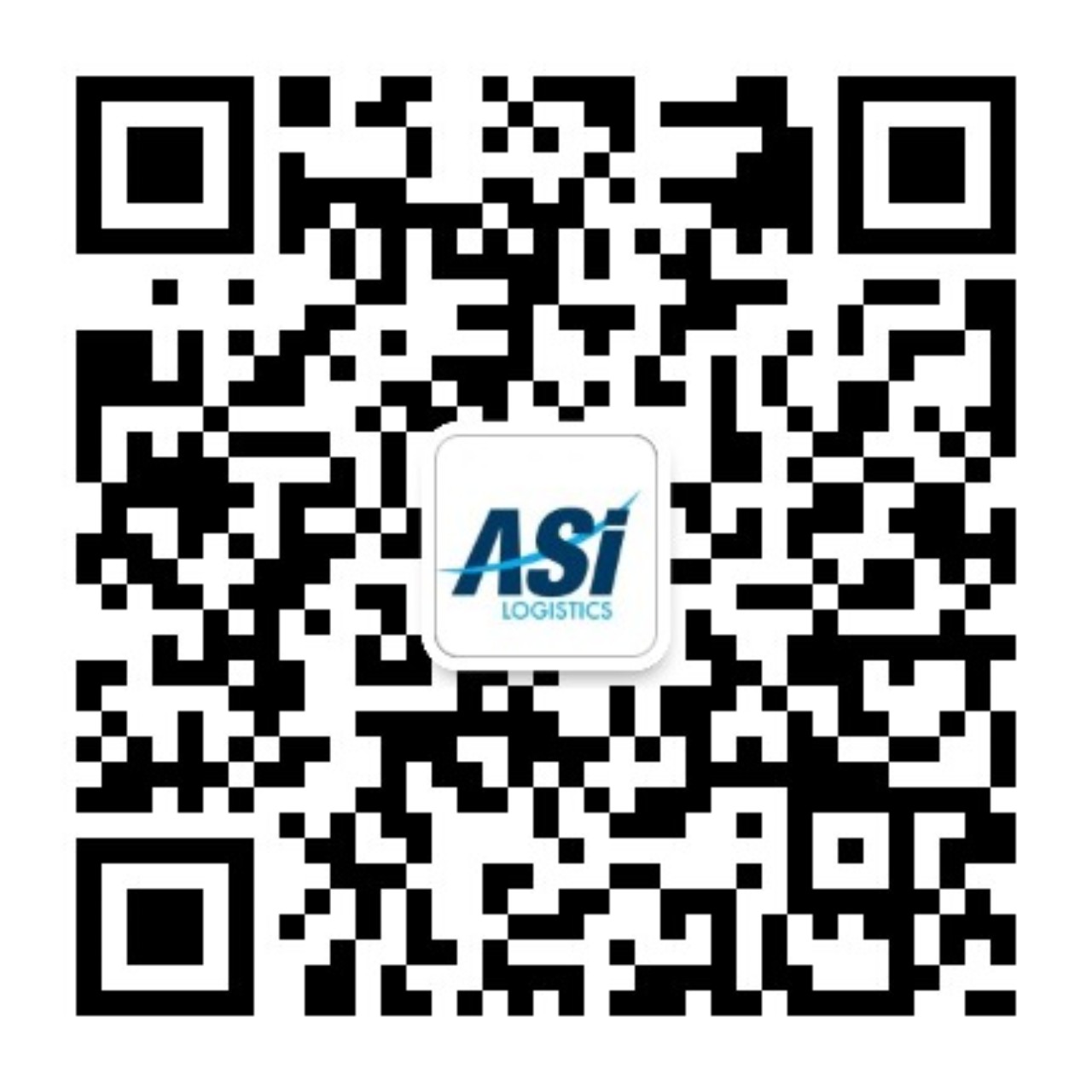Can rethinking buyer’s consolidation drastically optimize your supply chain, costs, and environmental footprint?
Efficiency in logistics is not simply about moving goods but rather about supply chain optimization. Today, we explore Buyer’s Consolidation and how reimagining this strategic approach can transform your supply chain, making it more agile, cost-effective, and sustainable, especially in the case of the Asia-Europe trade route.
What Is Buyer's Consolidation?
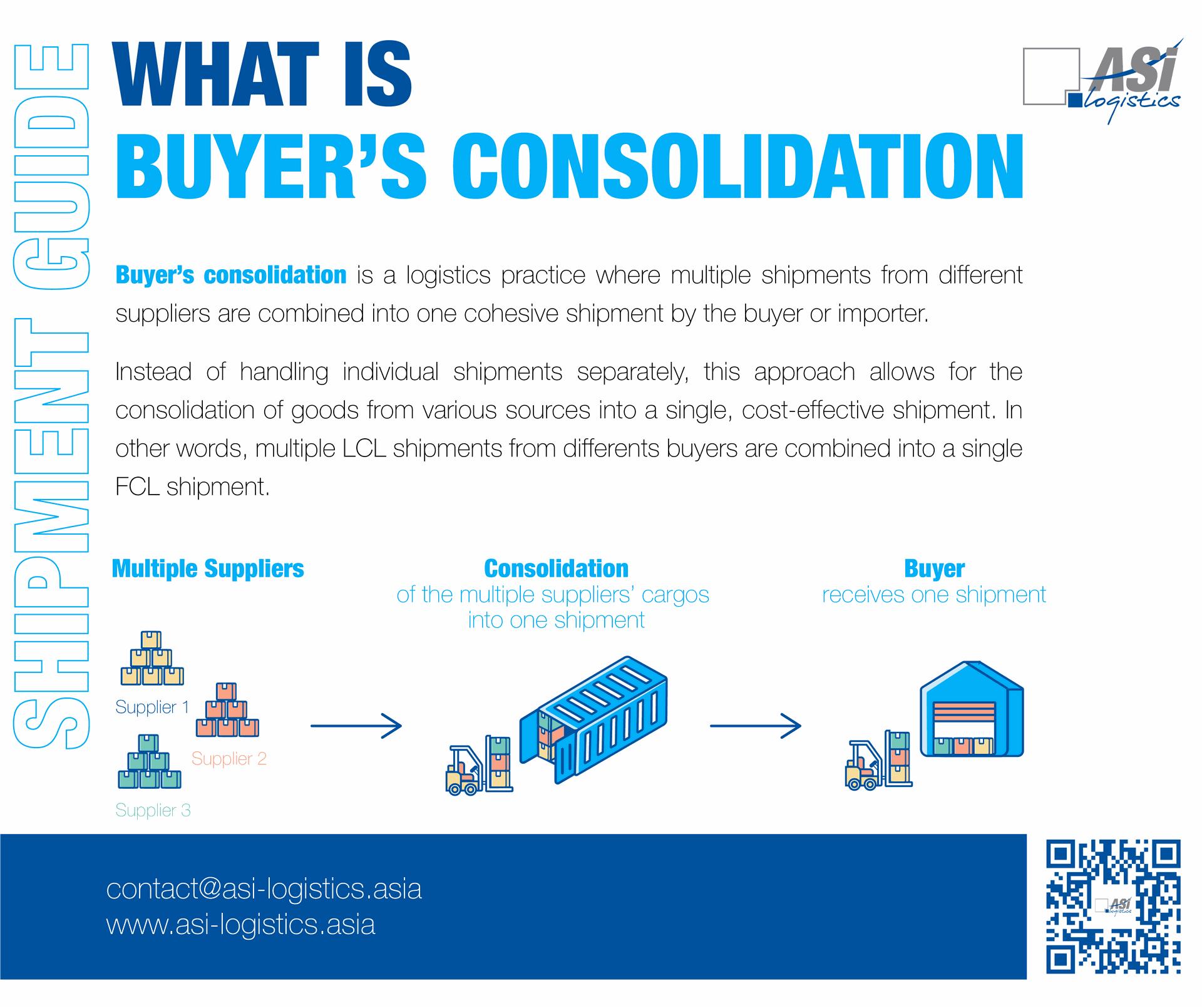
Buyer’s Consolidation consists in consolidating goods from multiple sources or suppliers into a single shipment by the buyer or importer. Instead of managing individual LCL shipments separately, this method combines them into one FCL shipment (see our article on LCL and FCL).
In the right context, this integration simplifies the buyer’s supply chain and enhances cost-effectiveness and operational efficiency.
The Difference Between Buyer's Consolidation and LCL
While LCL involves consolidating several shipments from different shippers to different consignees sharing the same destination hub, Buyer’s Consolidation implies multiple shipments are consolidated for the same buyer or consignee.
Buyer’s consoles are usually consolidated at the origin and deconsolidated at the destination, while LCL consolidation and deconsolidation occur at the ports of loading and discharge, respectively.
In LCL, the buyer has limited control over the shipping and consolidation process, whereas Buyer’s Consolidation offers more control to the buyer.
Advantages of Buyer's Consolidation
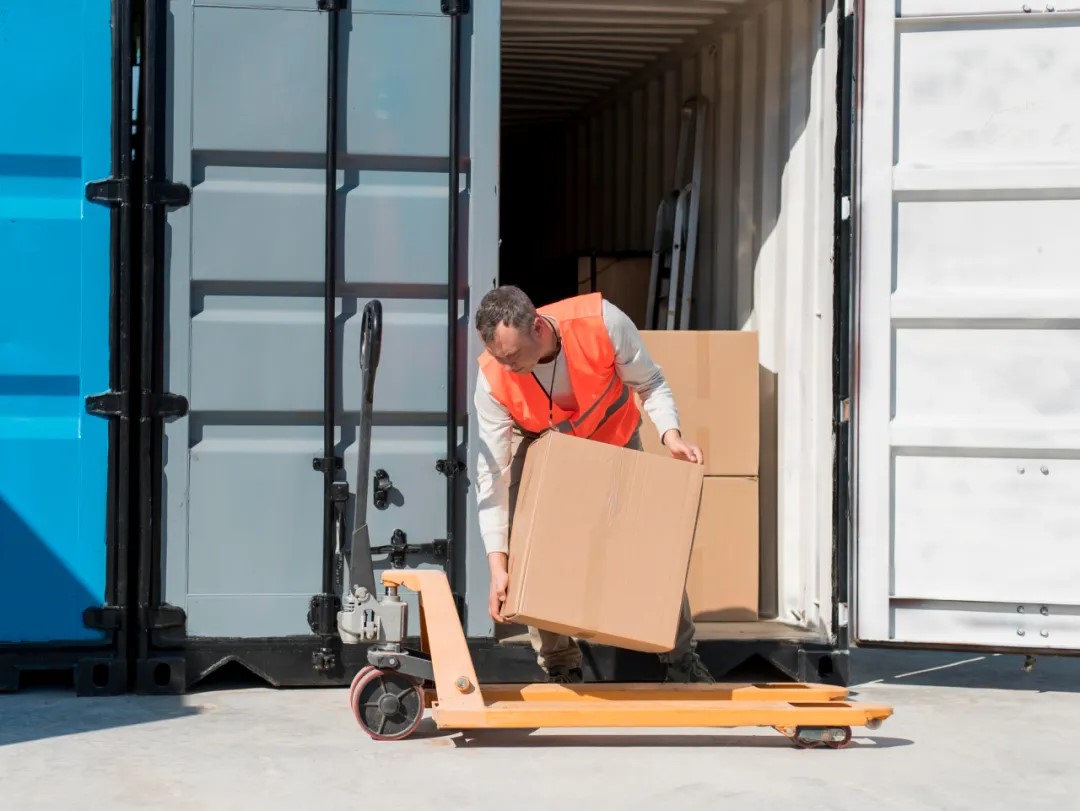
Cost Efficiency
Businesses can significantly reduce per-unit shipping costs by consolidating multiple LCL shipments into one FCL container. This approach minimizes the overhead associated with handling separate shipments and optimizes container space, ensuring maximum cost efficiency.
Reduced Transit Times
Buyer’s Consolidation often results in faster transit times compared to traditional LCL shipments. Consolidating goods into FCL containers streamlines the logistics process, minimizing handling and sorting duration and potential delays associated with multiple shipments.
Environmental Impact
Consolidating shipments reduces the overall carbon footprint by optimizing container space and reducing the number of shipments, thus minimizing the trips required.
When to Opt for Buyer's Consolidation?

Multiple Suppliers
Ideal for businesses sourcing goods from various suppliers across different locations in a single country. Buyer’s Consolidation allows for centralized logistics management, simplifying coordination and ensuring timely delivery.
Medium to Large Volumes
Suitable for shipments that fall between traditional LCL and FCL volumes, striking a balance between cost efficiency and transit time, making it a practical choice for medium to large-sized shipments.
Multiple Shipments Within the Same Period
Best adapted when the buyer handles several shipments within the same weeks. However, the cost-effectiveness and process simplification should be compared to storage costs, which could outweigh the savings of several LCL shipments.
Non-Urgent Shipments
Buyer’s Consolidation is ideal for non-urgent shipments, providing enough leeway to optimize consolidation.
Optimizing Buyer's Consolidation for Resilient & Greener Supply Chain
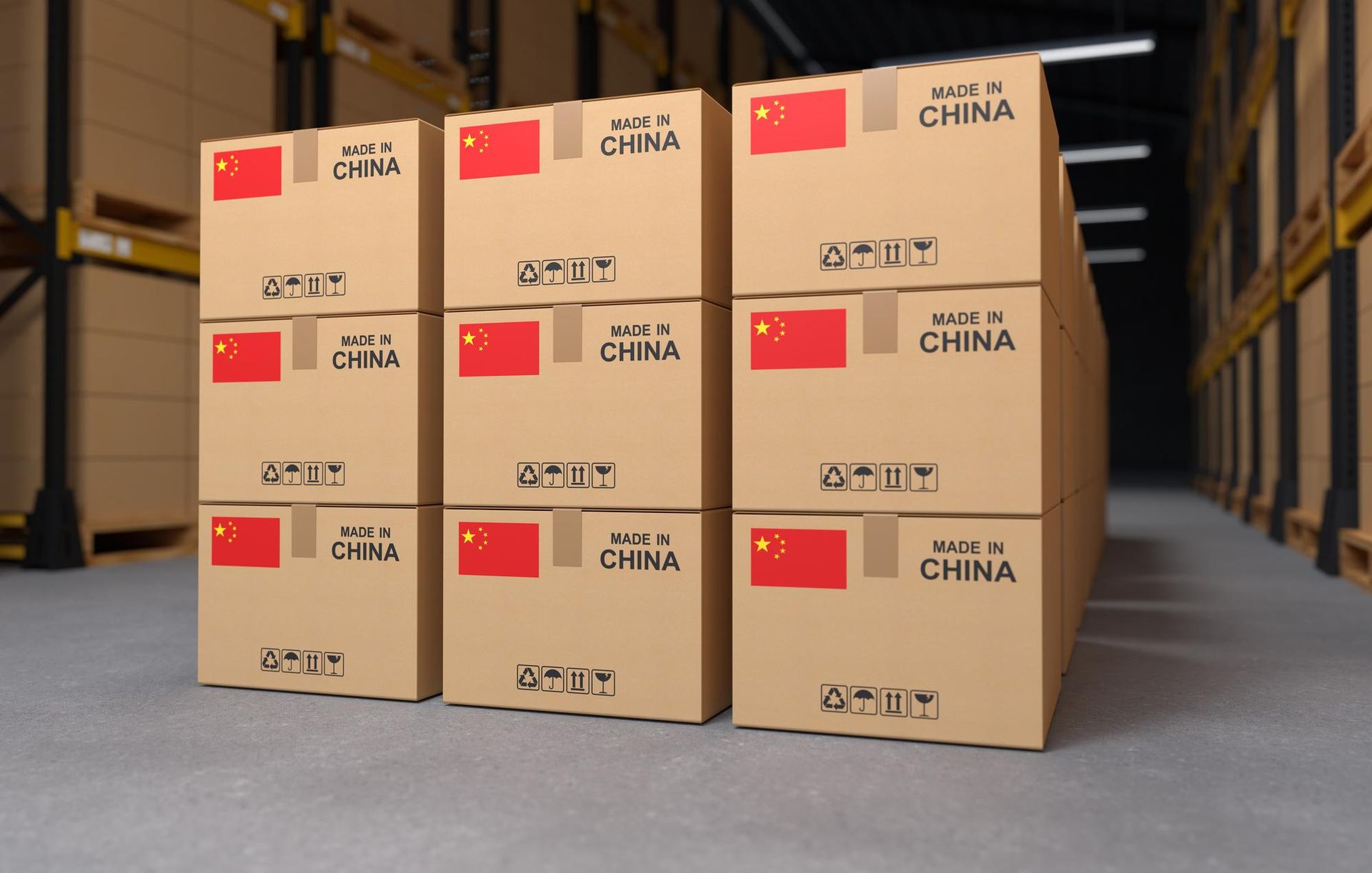
Recent scholarly research highlights the transformative potential of Buyer’s Consolidation in the context of China-Europe containerized cargo flows.
Traditionally, containers from China are transshipped at European hubs, often leading to increased costs and environmental impact from extensive road transport.
Embracing upstream consolidation enables direct delivery to European ports closer to final destinations, bypassing the need for extensive inland distribution. This approach not only optimizes shipping routes but also enhances resilience against disruptions—a critical consideration in today’s volatile supply chain landscape.
Buyer's Consolidation Models
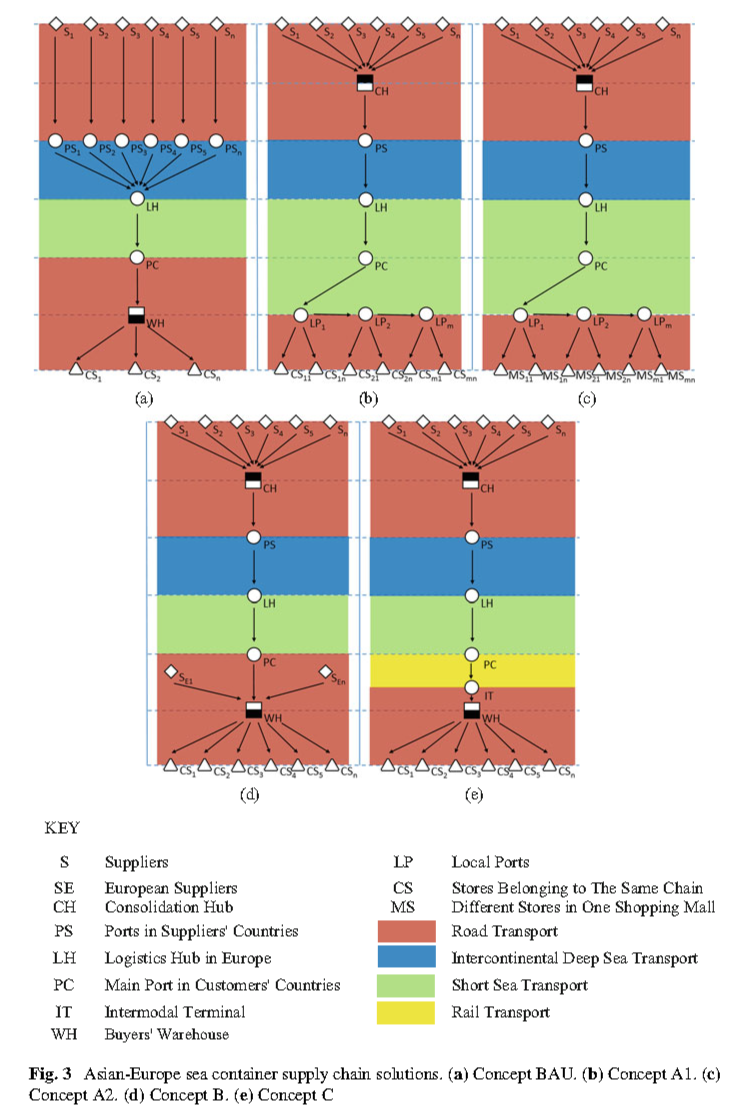
Reprinted from Lin, N., & Hjelle, H. M. (2021). Supply chain solutions to upstream buyer consolidation with green and resilient supply chain designs in the China-Europe containerized cargo flows. Collaborative Logistics and Intermodality, 36. https://doi.org/10.1007/978-3-030-50958-3_3
(a) Consolidation in the customer's country (typical solution)
(b) Upstream consolidation for one buyer
(c) Upstream consolidation for one group of buyer
(d) Upstream & downstream buyer consolidation
(e) Upstream & downstream buyer consolidation with intermodal transport solution in Europe
Key Findings
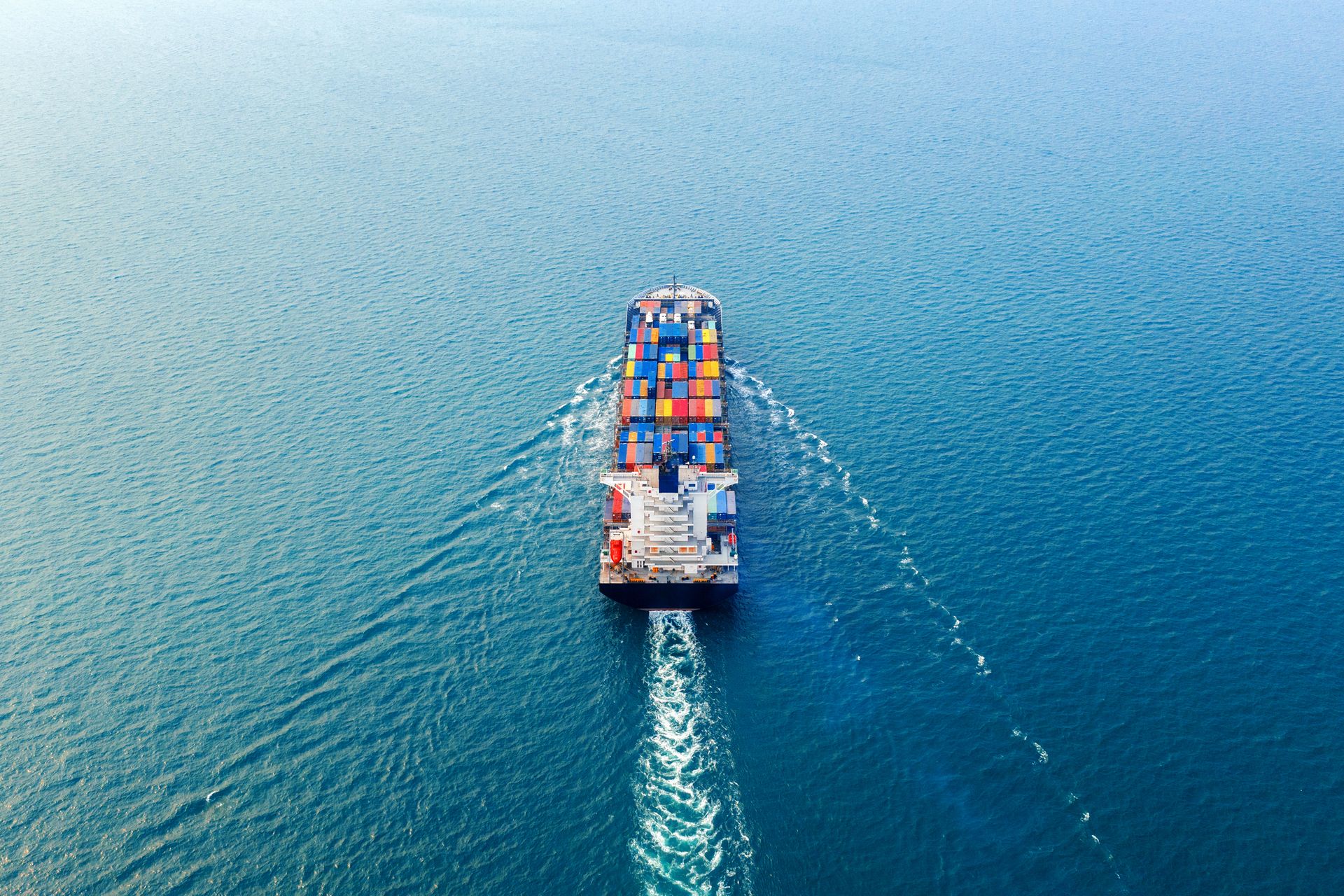
Cost Efficiency
The research indicates that upstream consolidation reduces logistics costs due to more efficient use of container space and reduced need for inland transport.
Environmental Impact
By optimizing routes and minimizing transshipments, companies can significantly reduce their carbon emissions.
Resilience
Upstream consolidation improves supply chain resilience by decreasing reliance on congested European hubs and road networks, thus mitigating risks associated with delays and disruptions.
A shift towards upstream consolidation offers compelling perspectives. By reducing the number of shipments and optimizing container spaces, businesses lower logistics costs and minimize environmental impact.
This approach leverages maritime routes more effectively, promoting greener logistics practices and supporting global sustainability objectives. Furthermore, it enhances supply chain resilience by reducing dependency on congested road networks and optimizing transit times.
For over 15 years, ASI Logistics has been at the forefront of delivering tailored logistics solutions across Asia and Europe, leveraging our 7 Asian offices, and the strong European presence of our mother company and network.
At ASI Logistics, we stand as your trusted and expert partner in transforming your supply chain into a strategic asset. Contact our team today to discover how to enhance your operations between Asia and Europe!
Our Values
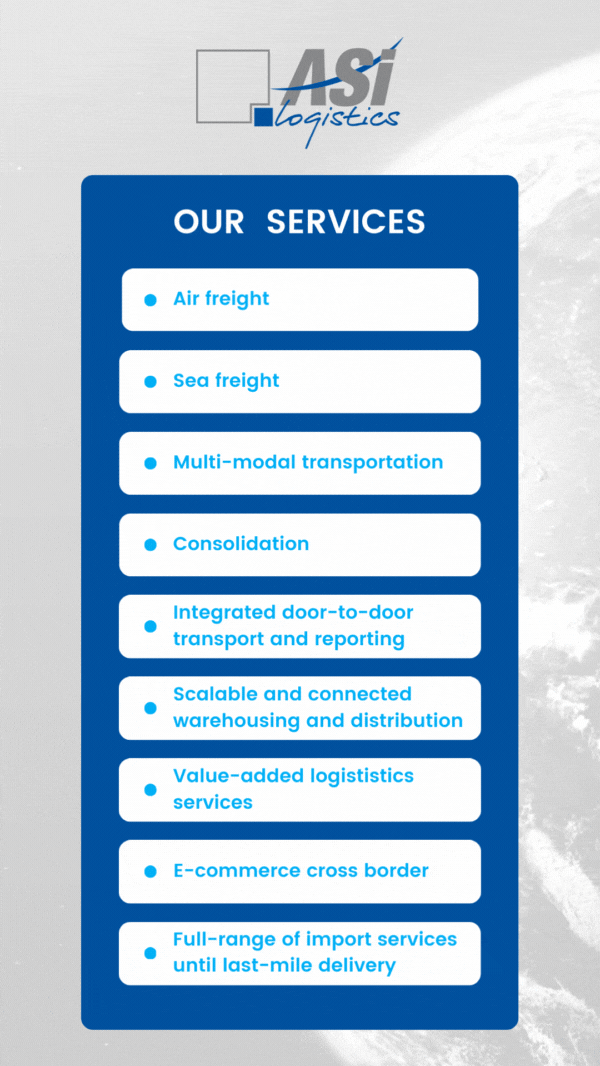
Get in touch with our teams!
Contact Us
Source:
Lin, N., & Hjelle, H. M. (2021a). Supply chain solutions to upstream buyer consolidation with green and resilient supply chain designs in the China-europe containerized cargo flows. Collaborative Logistics and Intermodality, 27–51. https://doi.org/10.1007/978-3-030-50958-3_3
